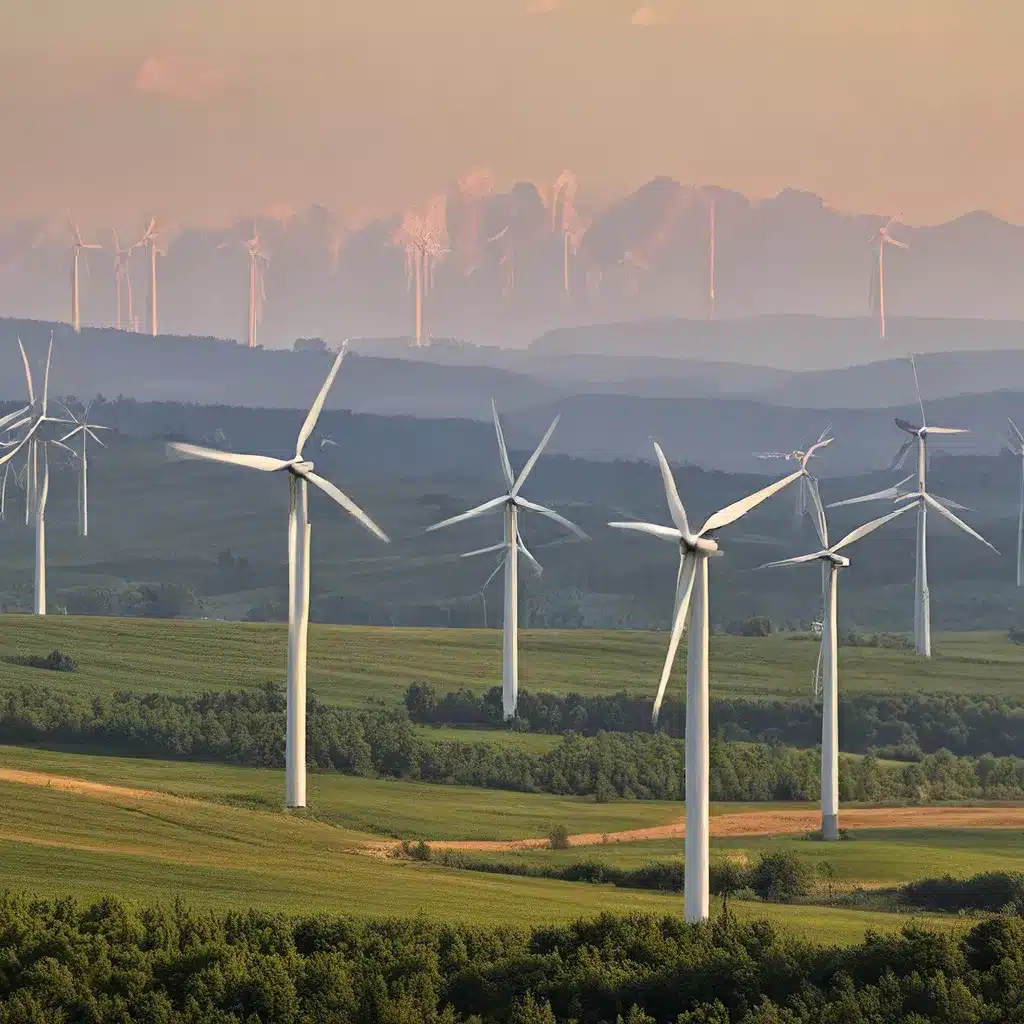
As the world grapples with the looming threat of climate change, the renewable energy sector has emerged as a beacon of hope. From the majestic wind turbines that dot our landscapes to the shimmering solar panels adorning rooftops, the clean energy revolution is well underway. But behind the scenes, a complex web of regulations and policies is shaping the future of this dynamic industry.
The Regulatory Landscape: An Evolving Dance
In the ever-changing world of renewable energy, regulations play a crucial role in guiding the industry’s growth and development. Like a intricate dance, policymakers and industry leaders must navigate a delicate balance, ensuring that clean power solutions are not only environmentally sustainable but also economically viable.
One area where regulations have had a significant impact is the solar energy market. In recent years, we’ve witnessed a remarkable decline in the cost of solar technology, making it an increasingly attractive option for homeowners and businesses alike. However, the success of solar energy isn’t solely a function of technological advancements; it’s also been driven by the implementation of favorable policies, such as tax credits, net metering programs, and renewable portfolio standards.
The Nuclear Enigma: A Surprising Ally
When discussing renewable energy solutions, one technology that often sparks debate is nuclear power. While not traditionally considered a “renewable” source, nuclear energy has emerged as a surprising ally in the fight against climate change. In fact, over the past 50 years, nuclear power has avoided nearly two years’ worth of the world’s energy-related CO2 emissions.
Regulations governing the nuclear industry have evolved significantly, with a focus on enhancing safety and security. The development of advanced nuclear reactor designs, such as the Westinghouse AP1000 and the AP300 small modular reactor, have further bolstered the industry’s commitment to safety and environmental responsibility.
Navigating the Regulatory Maze: Challenges and Opportunities
As the renewable energy sector continues to expand, policymakers and industry leaders face a myriad of challenges in crafting effective regulations. Balancing the competing interests of environmental protection, economic growth, and energy security is no easy feat.
One key challenge lies in the integration of renewable sources into the existing power grid. Regulations must ensure that the grid can seamlessly accommodate the variable nature of wind and solar power, while also maintaining reliability and stability. This has led to the development of innovative storage solutions and advanced grid management technologies, further shaping the regulatory landscape.
The Global Perspective: Renewable Energy Regulations Across Borders
Renewable energy regulations are not confined within national borders; they are a global phenomenon. As countries around the world strive to meet their climate change mitigation goals, the harmonization of policies and standards has become increasingly important.
For instance, the European Union has implemented a comprehensive renewable energy directive, which sets binding targets for member states to increase their share of renewable energy. Similarly, in the United States, the Biden administration has unveiled ambitious plans to achieve a carbon-free electricity grid by 2035, which will undoubtedly have far-reaching implications for the renewable energy industry.
The Future of Renewable Energy Regulations: Navigating Uncertainty and Innovation
As we gaze into the future, one thing is certain: the regulatory landscape for renewable energy will continue to evolve. With rapidly advancing technologies, shifting consumer preferences, and the ever-pressing need to address climate change, policymakers and industry leaders must remain agile and adaptable.
One area that holds immense promise is the integration of renewable energy with other clean technologies, such as electric vehicles and energy storage. Regulations that encourage this convergence can unlock synergies and drive even greater adoption of sustainable energy solutions.
Additionally, the rise of decentralized energy systems, enabled by technologies like rooftop solar and community-scale wind farms, is challenging traditional regulatory frameworks. Policymakers must find ways to seamlessly integrate these distributed energy resources into the grid, ensuring that the benefits of renewable energy are equitably distributed.
As I reflect on the dynamic nature of renewable energy regulations, I’m reminded of the words of Dr. Fatih Birol, the Executive Director of the International Energy Agency: “Renewables are already the world’s second-largest source of electricity, but their deployment still needs to accelerate if we are to achieve long-term climate, air quality, and energy access goals.”
Through a combination of forward-thinking regulations, innovative technologies, and collaborative efforts, I believe we can create a future where clean power is not just a dream, but a reality that shapes the world we live in. The journey may be complex, but the destination – a sustainable, resilient, and carbon-free future – is worth every step.
If you’re interested in exploring the field of sustainable energy and its regulatory landscape in more depth, I’d encourage you to check out the resources and services offered by our team. Together, we can unravel the intricacies of this dynamic industry and chart a course towards a brighter, greener tomorrow.

